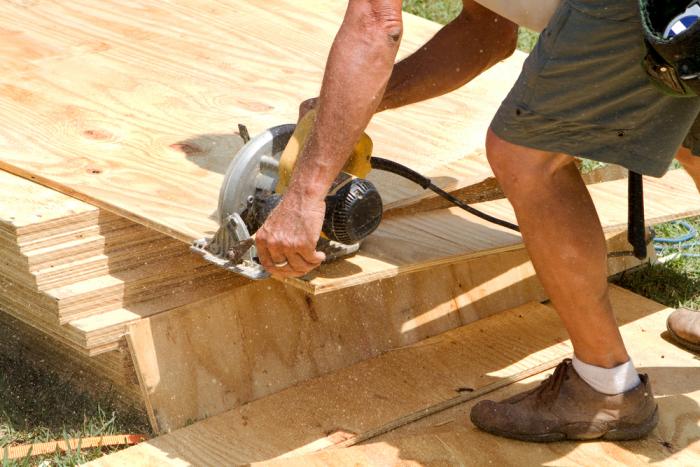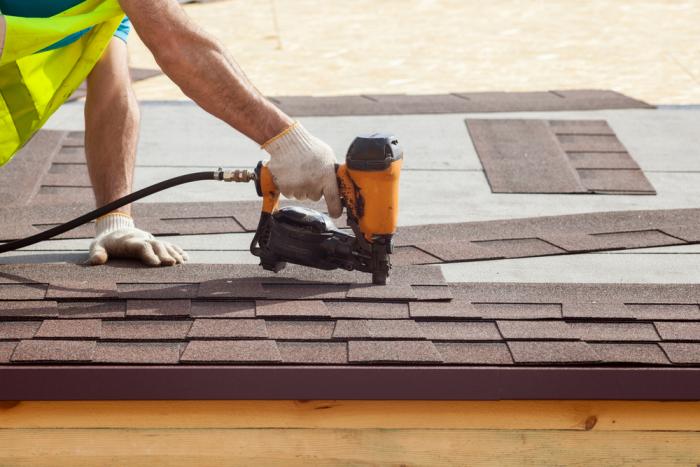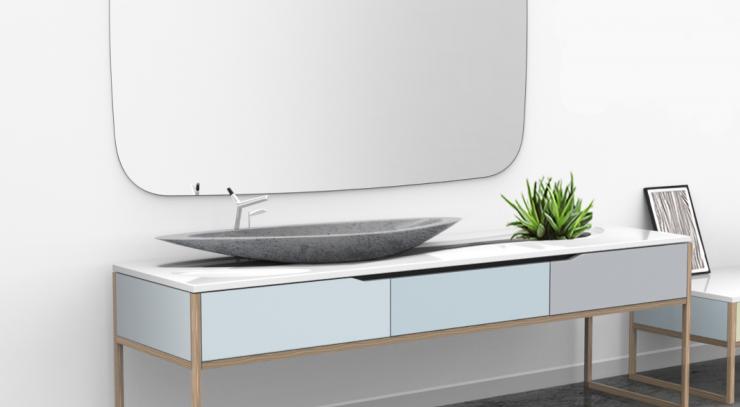Compressed air dryers are necessary for removing water vapour from compressed air. Pneumatic tools, like jack hammers, grinders, blasting tools, sanders and nailing and staple guns, are powered by compressed air. To operate efficiently, they must use clean, dry air at the required pressure. Air powered tools that are used with dirty or wet air will be sluggish and require more frequent repairs or replacements of parts. Using air powered tools like this will usually result in parts sticking together, rusting, jamming and excessive wear and tear.
Any kind of moisture can be damaging when using tools. Whether you’re tackling common DIY projects around the house, working with air powered tools and machinery on site or in your workshop, investing in the right compressed air dryer is essential. Here’s what you need to know:
Benefits of Using an Air Compressor Dryer
Moisture is the number one enemy of any blasting contractor. The benefits of using cool, dry air for blasting and other jobs that require air powered tools cannot be overlooked. Some of them include:
- Lower Costs: Water in compressed air systems can have serious complications. Industries can lose millions each year from lost production, quality reduction and increased maintenance costs. The right compressed air drying equipment can eliminate or reduce many of these costs, saving industries a significant amount of money.
- Better Performance: By removing all traces of moisture through an air compressor dryer, the quality and level of performance is increased. Dry air prevents any quality issues resulting from water droplets, which can cause the freshly blasted or painted surface to rust.
- More Control: Cool, dry air naturally ensures the abrasive keeps flowing and is easier to control without getting wet.
- Eliminates Typical Moisture Problems: Issues like black moisture shadow and icing problems in the machines are eliminated by using an air compressor dryer. This also minimises maintenance issues and increases the lifespan of the tools you’re using. A reduction in common problems associated with not using an air compressor dryer will eliminate valuable time lost in unblocking clogged lines too.
Air Tools and Air Operated Machinery
To choose the right compressed air dryer for your air tools and air operated machinery, it’s important to understand how drying technologies work to find the best one for your application. There are four main types; refrigerated, chemical, desiccant and membrane. Each work by drying the compressed air to help protect your valuable tools and machinery from rust and water. They are also designed to protect the piping used to transport the compressed air too.
You’ll also need to take into consideration the temperatures needed to cool and dry the air for your application, performance and pressure ratings and the specific uses of the compressed air before choosing which drying technology type is best.
Refrigerated Dryers vs. Chemical Dryers
As the name suggests, refrigerated dryers use a small refrigerator to cool down the compressed air to about 3 degrees. Refrigerated dryers are beneficial because they’re inexpensive to set up and operate, with low maintenance costs and resistance to airborne oil particles. They also reduce much of the water vapour. Because they don’t eliminate all of the water vapour though, they’re not designed to be used in water sensitive applications. Refrigerated dryers are the most popular and commonly used drying techniques.
Chemical dryers, on the other hand, use a process of passing the compressed air over beds of chemicals. Generally, these chemicals are lithium chloride and calcium chloride, which work best at attracting the water vapour. The chemicals then become saturated with the extracted water vapour and are discarded. Whilst this process is effective, you’ll need to use a coalescing filter to prevent liquid water entering the dryer.
Desiccant Dryers vs. Membrane Dryers
Desiccant dryers use desiccant agents to dry compressed air through a process known as adsorption. This is when moisture attaches itself to the desiccant agents without being dissolved, as opposed to absorption, which absorbs the moisture through a drying agent. These dryers are beneficial because they can deliver air at consistently low dew points, which makes them the ideal choice if the compressed air is subjected to freezing conditions.
Membrane dryers are ideal for drying air in remote areas and explosive environments. They use specially formulated membrane microtubes that are absorbent to water vapour. Because they’re designed with no moving parts and no power supply requirements, they operate with very little noise, making them ideal for many applications.
Moisture creation in a compressor is unavoidable. But if properly treated, through the right compressed air dryer, damage to your pneumatic tools and machinery can easily be prevented. Make sure your compressed air is dry, clean and suitable for your operations to avoid the unnecessary costs and damage to your equipment.
Author Bio
This article is written by Jayde Ferguson, who recommends Cleveland Compressors – WA’s largest independent provider of quality compressor products and services. You can catch her on Google+.


























